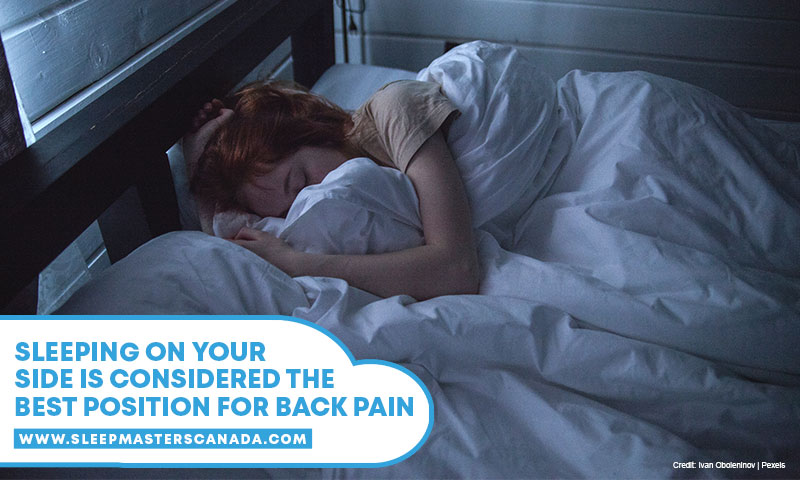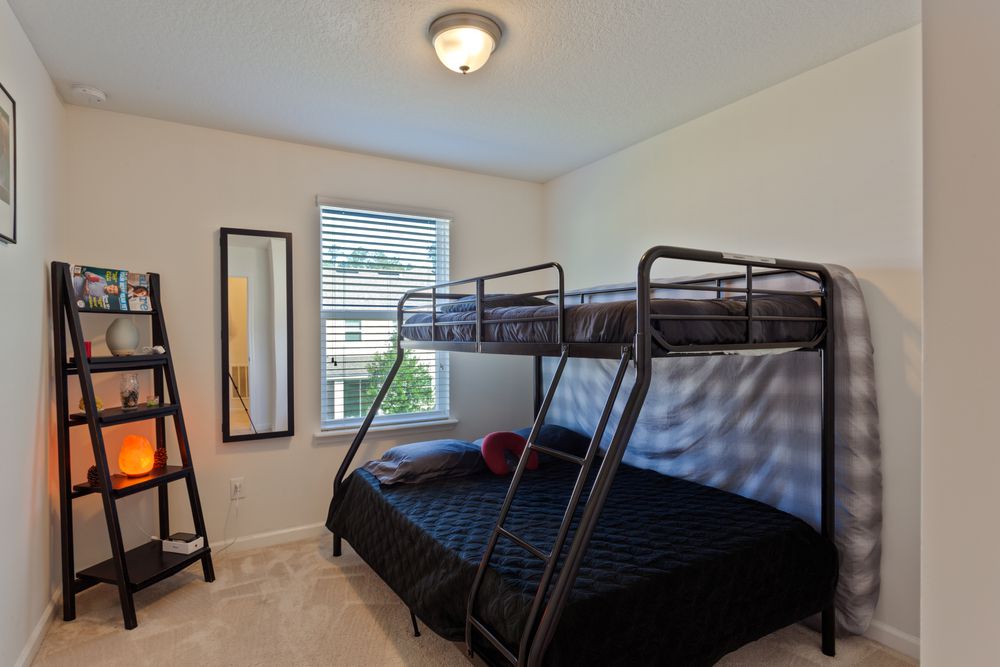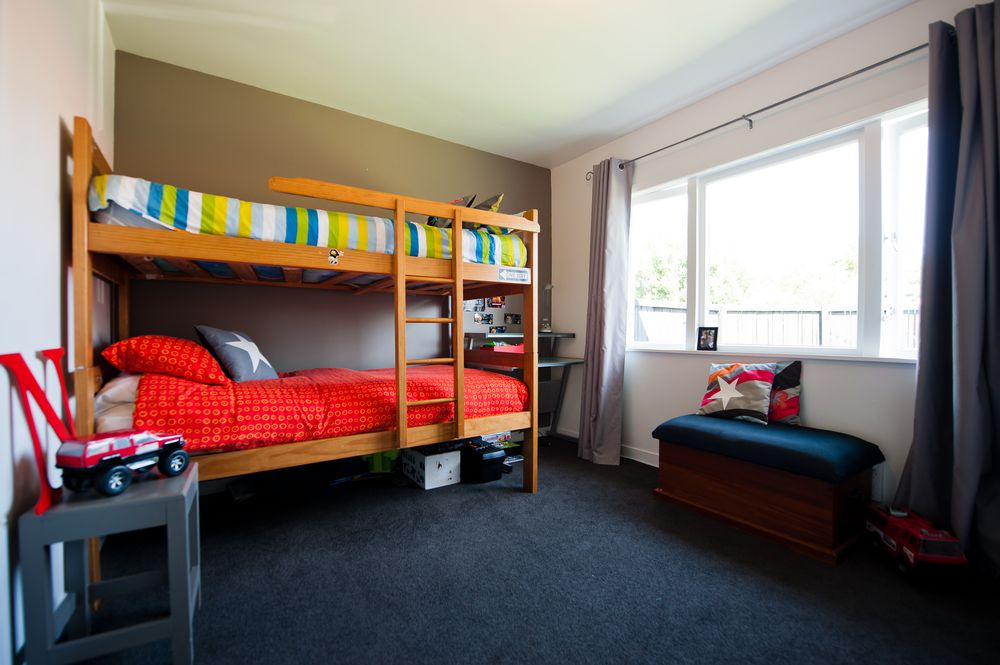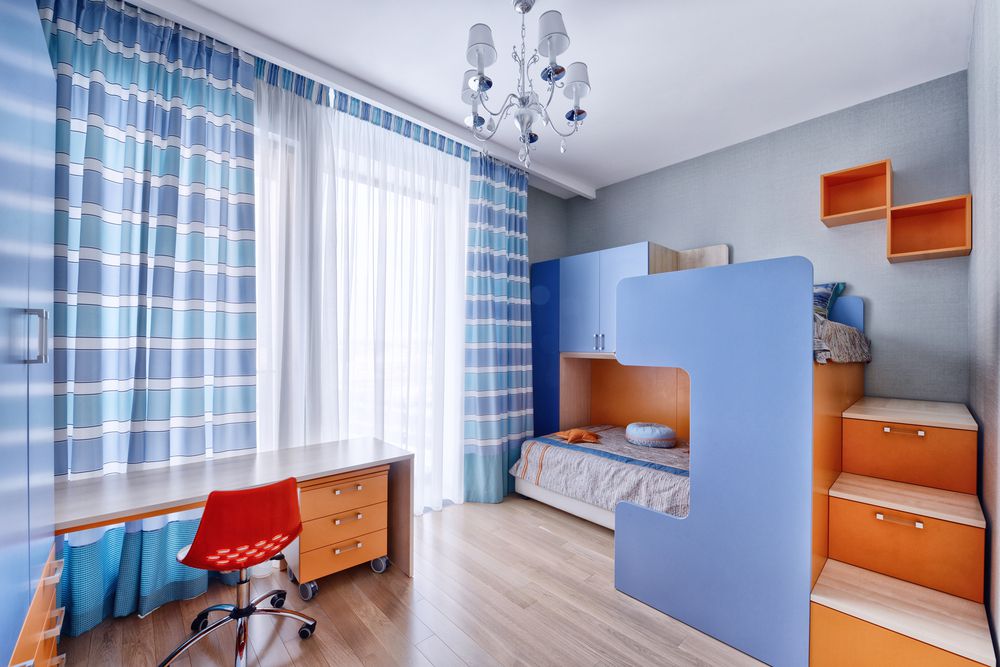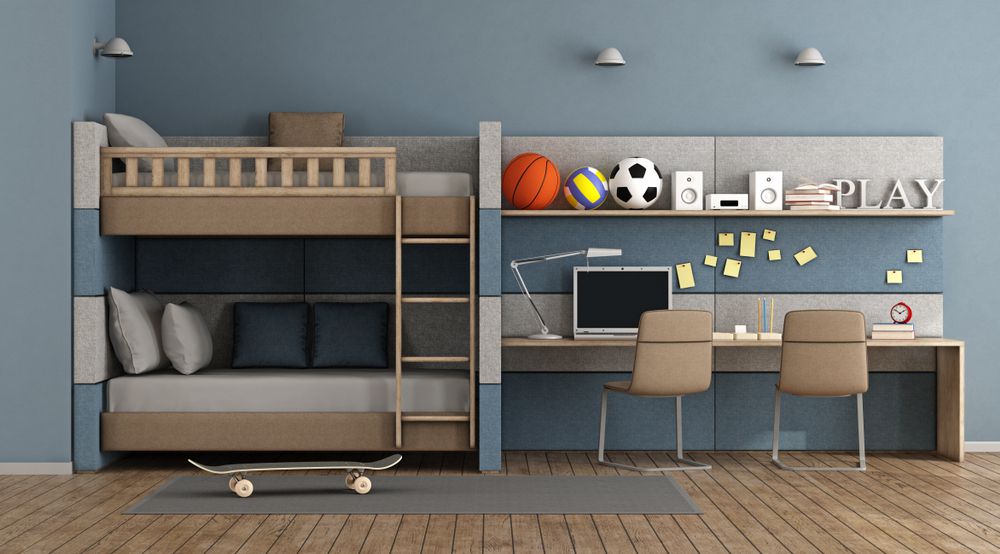How to Get a Better Sleep With Back Pain
The lower back, a crucial support system for much of your body weight, bears the brunt of daily activities like standing, sitting, walking, and lying down. Given its constant use, it’s not surprising that the lower back often becomes a focal point for pain. In fact, a staggering 8 out of 10 individuals have encountered some form of back pain at some stage in their lives. The spectrum of discomfort varies, ranging from sudden, sharp pains to persistent, nagging aches that endure for months.
When back pain strikes, it doesn’t just limit itself to the waking hours—it can significantly disrupt your sleep as well. The intricate relationship between sleep and pain is a complex one. Back pain can sabotage your sleep quality, leading to a night of discomfort, and you might find yourself waking up in even more pain. Recognizing and understanding this cyclical connection between sleep and back pain is pivotal for finding effective relief.
By delving into this relationship, you can equip yourself with the knowledge needed to break free from the grip of back pain, paving the way for more restful and rejuvenating nights.
What Causes Back Pain?
Excess Weight:
Carrying excess body weight or dealing with obesity adds additional stress to your back, increasing the risk of developing back pain. Furthermore, obesity is associated with sleep-disruptive conditions such as sleep apnea, further complicating the relationship between weight and back health.
Age:
The aging process is a significant risk factor for back pain. Individuals around 30 or 40 years old may find themselves more susceptible to the development of back pain as the body undergoes natural changes over time.
Anxiety and Depression:
Psychological conditions, including anxiety and depression, have been linked to a higher risk of back pain. Moreover, these mental health issues contribute to sleep deprivation, heightening sensitivity to pain and creating a cycle that adversely affects both sleep quality and back health.
Spine Problems:
Various issues within the spinal column can contribute to back pain and warrant prompt medical attention.
Bulging or Slipped Discs:
Misalignment of the tissue in the spinal discs, often due to wear and tear, can cause pain in the lower back as nerves become compressed.
Degenerative Disc Disease:
As the discs between spinal vertebrae naturally shrink and tear with age, bones can rub together, leading to stiffness and pain, particularly in the neck or back.
Osteoarthritis:
This condition results in stiffness and pain in the back or neck, with potential weakness or numbness in the extremities. Relief may be found by lying down.
Osteoporosis:
Compression fractures of the spine due to osteoporosis can pinch nerves, causing worsened pain during movement, such as standing or walking, with some relief when lying down.
Muscle or Ligament Strain:
Improper lifting techniques or sudden, awkward movements can strain back muscles and spinal ligaments, leading to discomfort.
Accidents and Injuries:
Traumatic incidents like car accidents, falls, muscle sprains, and fractures can result in back pain and require attention for proper diagnosis and treatment.
By identifying and addressing the specific causes, individuals can take targeted steps to alleviate back pain, improve sleep quality, and break the cycle of discomfort. Consulting with healthcare professionals for personalized guidance is crucial in managing and preventing back pain effectively.
Why Is Sleep Important?
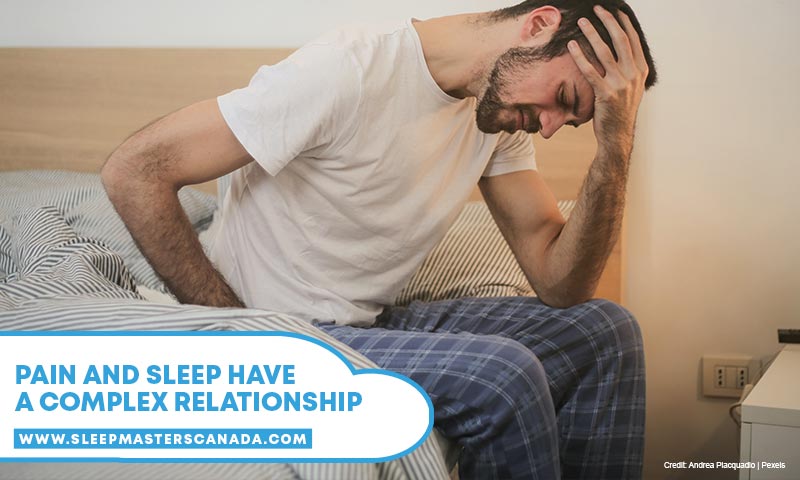
Researchers have extensively highlighted the intricate, reciprocal connection between lower back pain and sleep disturbances. This dynamic relationship operates on a two-way street, with each factor influencing and exacerbating the other. Back pain can impede the ability to achieve restful sleep, causing discomfort and leading to nighttime awakenings. Conversely, individuals who suffer from sleep deprivation are more prone to experiencing pain or exacerbating existing pain.
The role of quality sleep emerges as a crucial preventive measure in the context of back pain. Establishing healthy sleep patterns can contribute to reducing the likelihood of developing back pain and alleviating existing discomfort. Recognizing this interplay underscores the importance of a holistic approach to health that considers both sleep hygiene and back health.
Furthermore, understanding how to optimize sleep while grappling with back discomfort becomes paramount. Employing proper sleep positions, investing in supportive bedding, and incorporating relaxation techniques can aid in managing pain and fostering an environment conducive to healing and recovery.
In essence, the symbiotic relationship between back pain and sleep underscores the need for a comprehensive strategy that addresses both aspects. By prioritizing quality sleep and adopting measures to enhance comfort during sleep, individuals can actively contribute to breaking the cycle of pain and promoting overall well-being. Seeking guidance from healthcare professionals can provide tailored insights and strategies for effectively managing both back pain and sleep-related challenges.
How to Get a Better Sleep with Back Pain
Optimize Your Sleeping Position:
Your sleep position significantly influences spinal alignment, impacting back health. For lower back pain, consider sleeping on your side with a slight knee bend. This position helps balance your body and reduces pressure on the lumbar spine. Placing a pillow between your knees enhances comfort. If you prefer sleeping on your back, support the natural curve of your spine by using a pillow under your knees, legs, or lower back. Avoid stomach sleeping as it strains the back, but if it’s your preferred position, place a pillow under your stomach to support hips and prevent excessive arching.
Limit Alcohol and Caffeine Intake:
While alcohol might induce faster sleep, it can lead to disruptions later in the night. Caffeine, being a stimulant, can interfere with falling and staying asleep. Especially when dealing with back pain, it’s advisable to minimize or avoid these substances to promote restorative sleep.
Minimize Stress:
Stress is a common contributor to insomnia, which, in turn, can exacerbate back pain. Create a stress-free sleeping environment by removing work-related reminders from your bedroom. Wind down before bedtime using relaxation methods such as yoga or gentle stretching. Regular physical activity not only aids sleep but also strengthens core and back muscles, lowering the risk of back pain. However, if dealing with chronic back pain, consult your doctor before starting a new exercise routine to ensure safety.
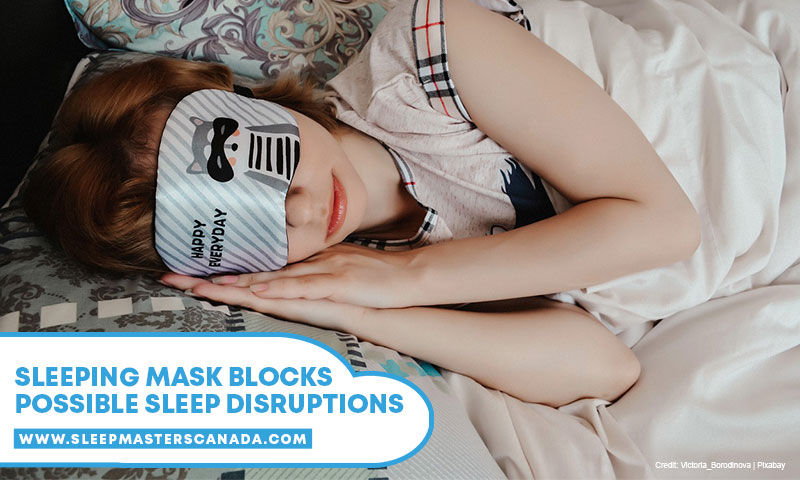
Create a Tranquil Sleep Environment:
Pain can hinder your ability to return to sleep after waking up in the night. Minimize potential disruptions by eliminating excess noise and light in and around your bedroom. Invest in heavy curtains to block street lights and dampen traffic noise. Consider using a sleep mask or earplugs to further eliminate distractions. Additionally, maintain a comfortable bedroom temperature throughout the night for optimal sleep conditions.
Establish a Consistent Bedtime Routine:
Cultivating a bedtime routine helps condition your body and mind for sleep. Stick to a regular bedtime every night, reinforcing your body’s internal clock. Develop a pre-sleep ritual, such as setting an alarm, taking a relaxing shower, and brushing your teeth. Steer clear of stimulating activities like reading, working, or watching TV at least an hour before bedtime. This routine, part of good sleep hygiene, contributes to improved sleep quality even during or after bouts of lower back pain.
-
Get a Good Mattress
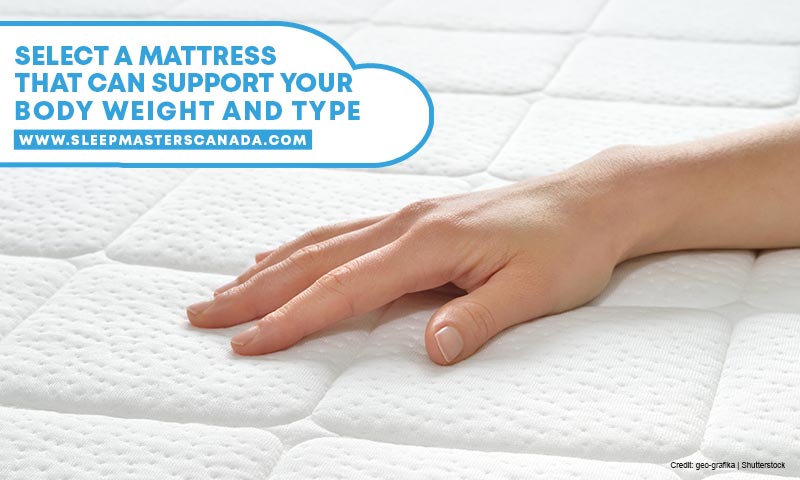
Achieving relief from back pain involves selecting the right mattress, as it plays a pivotal role in preventing and treating discomfort. The optimal bed for back pain is one that ensures proper spinal alignment and reduces pressure points in your body. Here’s a guide to help you choose the right mattress:-
Consider Firmness Based on Body Weight:
- For light sleepers or those weighing under 130 lbs, a soft mattress is often recommended. It provides the necessary contouring to alleviate pressure points.
- On the other hand, individuals weighing over 200 lbs may benefit from a firmer mattress, which offers enhanced support to prevent sinking and maintain proper alignment.
- Furthermore, if you are on the heavier side so individuals who are 250 lbs or more, we recommend looking into extra firm mattresses in order to achieve the best spinal alignment.
-
Choose a Medium-Firm Mattress for Balance:
- Experts generally recommend a medium-firm mattress to strike a balance between comfort and support. This firmness level can help prevent and alleviate back pain by providing adequate support while conforming to the body’s natural curves.
-
Quality Doesn’t Always Mean High Cost:
- You don’t need to break the bank to find a high-quality mattress. There are mattresses for sale that offer excellent pressure relief at a reasonable price. Look for sales, promotions, or reputable brands that prioritize both comfort and affordability.
Selecting a mattress tailored to your body weight and preferences is crucial for maintaining good spinal health and preventing back pain. Investing time in research and exploring sales options can lead to finding a mattress that not only suits your needs but also promotes a restful and pain-free sleep experience.
-
Discover unparalleled comfort and bid farewell to sleepless nights and body pain by choosing the perfect mattress with Sleep Masters Canada. Our dedicated team is committed to helping you find the best mattress tailored to your needs. With a vast selection of high-quality mattresses, we offer a range of options to ensure you experience the restorative sleep your body deserves. If you are still unsure about which mattress is going to work the best, you can take advantage of our Mattress Selector Form. Once submitted, we will reach out to you within 48 hours with our best personalized recommendation!
Contact us today at (416) 781 7441, and let our experts guide you towards a sleep solution that not only supports your back but also transforms your nights into rejuvenating experiences. Elevate your sleep quality with Sleep Masters Canada – your partner in achieving the restful and pain-free sleep you’ve been dreaming of.

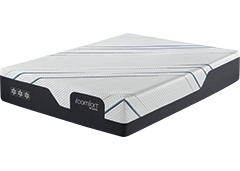 Serta
Serta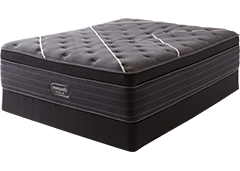 Simmons BeautyRest®
Simmons BeautyRest® Pocket Coil
Pocket Coil Memory Foam
Memory Foam Pillow-Top
Pillow-Top Dreamstar Mattresses
Dreamstar Mattresses Mattresses under $500
Mattresses under $500
